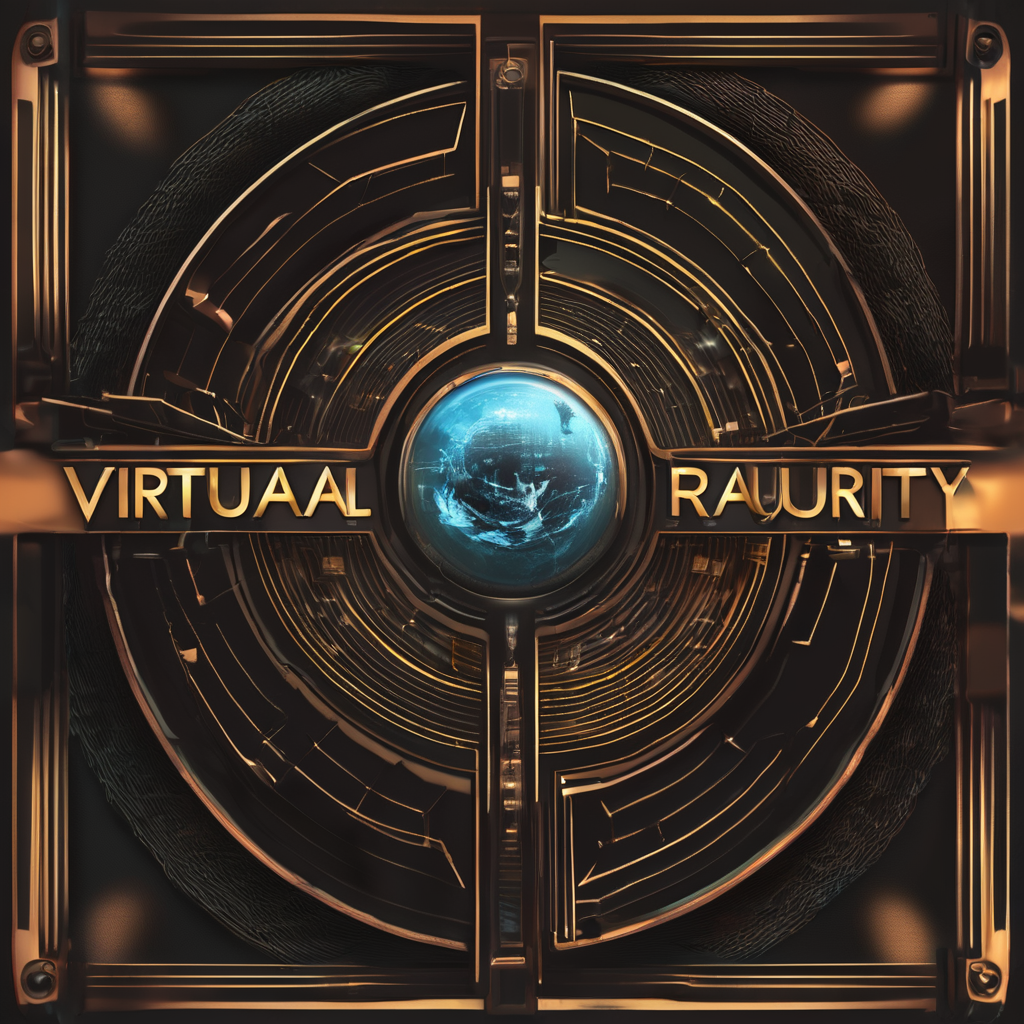Artificial Intelligence is transforming the UK media landscape, reshaping how content is created, distributed, and consumed. Trends such as automated writing tools, personalized content generation, and advanced analytics reflect this technological evolution. These innovations not only enhance efficiency but also empower creators to engage audiences with tailored experiences. Understanding these trends is essential for media professionals aiming to stay relevant in an increasingly digital world. Discover how AI-powered content creation is revolutionizing the industry and what it means for the future of media.
Overview of AI in Content Creation
The integration of AI content creation into the UK media landscape has transformed journalism and content production. Historically, AI’s role in media began with simple automation tasks, such as data entry and basic reporting. Over time, its capabilities have expanded significantly, allowing for more complex tasks like real-time data analysis and trend prediction.
Also read : How Are UK Retailers Utilizing AI to Enhance Loyalty Programs?
In the current state, AI technologies are pivotal in shaping UK media trends. They facilitate the rapid production of content, ensuring that media outlets can deliver news and stories faster than ever before. AI algorithms are now capable of generating articles, creating video content, and even personalising user experiences by analysing reader preferences.
The importance of AI in modern journalism cannot be overstated. It enables journalists to focus on investigative work and storytelling by handling routine tasks. Moreover, AI enhances content accuracy and consistency, reducing human error. For media companies, AI offers a competitive edge by streamlining operations and improving audience engagement.
Also read : Exploring Cutting-Edge AI Innovations Transforming Renewable Energy in the UK
As AI continues to evolve, its role in content creation will likely expand, further influencing UK media trends and reshaping the landscape of journalism.
Key AI Technologies Transforming Content Creation
In the realm of content creation, AI tools are revolutionising the way media is produced. A significant player in this transformation is machine learning, which enables systems to learn from data and improve over time. This technology is applied in content creation to identify patterns and trends, allowing for more targeted and efficient production workflows. For instance, machine learning can predict what type of content will resonate with audiences, thus guiding content strategy.
Natural Language Processing (NLP) is another critical component, enhancing the quality of writing by enabling machines to understand and generate human language. NLP tools can assist in editing, translating, and even drafting articles, ensuring that the output is coherent and contextually relevant. This technology not only improves the readability of content but also ensures that it aligns with the intended tone and message.
Emerging AI tools in the UK media industry include platforms that automate video production and personalise content delivery. These tools are gaining popularity due to their ability to streamline processes and engage audiences more effectively. By employing such technologies, media companies can maintain a competitive edge in a rapidly evolving landscape.
Case Studies of AI Implementation in UK Media
Exploring AI case studies in the UK media reveals fascinating insights into how technology is revolutionising content production. Notably, several UK publications have successfully integrated AI-driven content creation into their operations. For instance, The Guardian has utilised AI to automate data-driven stories, allowing journalists to focus on more nuanced reporting.
Media applications of AI extend beyond mere efficiency. AI-generated articles, such as those produced by The Press Association’s RADAR project, have been well-received, particularly for local news coverage. These articles maintain high precision, offering timely and accurate information that meets the needs of readers. The reception of AI-generated content highlights its potential to complement traditional journalism.
A comparative study of traditional versus AI-enhanced content reveals distinct advantages. While traditional journalism excels in depth and narrative, AI-enhanced content offers speed and scalability. AI tools can produce a vast amount of content swiftly, ensuring media outlets remain competitive in delivering news. This combination of human insight and AI efficiency creates a balanced approach, enhancing the overall quality and reach of media content.
Expert Opinions on AI’s Impact on Journalism
In the rapidly evolving landscape of journalism, expert insights shed light on how AI is reshaping the industry. Interviews with media professionals reveal a variety of perspectives on AI integration. Many experts highlight the transformative potential of AI, noting its ability to enhance efficiency and content quality. However, they also caution against over-reliance, stressing the importance of maintaining journalistic integrity.
Journalism future is a topic of keen interest, with predictions focusing on AI’s expanding role. Experts foresee AI handling routine tasks, freeing journalists to pursue in-depth investigations. This shift could lead to a richer media landscape, where human creativity and AI efficiency coexist harmoniously.
Ethical implications remain a significant concern. Media professionals emphasise the need for transparency in AI-generated content, ensuring that audiences can distinguish between human and machine-authored pieces. They advocate for clear guidelines and accountability to uphold ethical standards.
Looking forward, experts predict AI will continue to shape the future of media, driving innovation while posing new challenges. Balancing technological advancement with ethical considerations will be crucial in navigating this dynamic landscape.
Challenges of Integrating AI in Content Creation
Incorporating AI into the media industry presents several challenges that companies must navigate. One prominent obstacle is the concern over maintaining content quality and creativity. Media companies often worry that AI-generated content may lack the nuanced storytelling and emotional depth that human journalists provide. This concern calls for a balanced approach, where AI assists rather than replaces human creativity, ensuring content remains engaging and original.
Legal and ethical considerations also pose significant challenges. The use of AI in content creation raises questions about copyright, data privacy, and the transparency of AI-generated pieces. Media companies must establish clear guidelines to address these issues, ensuring compliance with existing regulations and maintaining public trust.
Furthermore, the technical complexity of implementing AI systems can be daunting. Media organisations may face difficulties in integrating AI technologies seamlessly into their existing workflows. This requires significant investment in both technology and training, as well as a cultural shift within the organisation to embrace AI as a valuable tool.
Addressing these AI challenges is crucial for media companies aiming to harness the full potential of AI, while preserving the integrity and quality of their content.
Future Trends in AI-Powered Content Creation
As AI technology continues to evolve, the future of AI in content creation promises exciting developments. Predictions indicate that AI will become increasingly sophisticated, enabling more nuanced and creative outputs. This evolution is expected to further enhance the media sector by automating complex tasks and providing deeper insights into audience preferences.
One of the most significant content creation trends is the growing role of personalisation. AI systems will increasingly leverage user data to tailor content to individual preferences, enhancing user engagement and satisfaction. By analysing patterns in user behaviour, AI can suggest relevant content, making media consumption more interactive and enjoyable.
Additionally, AI has the potential to revolutionise audience engagement strategies. As AI tools become more adept at understanding audience needs, media companies can develop more targeted and effective communication strategies. This could lead to more personalised marketing campaigns and content that resonates with specific audience segments.
In summary, the future of AI in content creation is poised to transform how media is produced and consumed, offering innovative ways to engage with audiences and deliver personalised experiences.
Statistics and Data on AI Adoption in Media
The adoption of AI technologies within the UK media sector is growing rapidly. Recent statistics indicate that approximately 60% of media outlets have integrated AI tools into their operations. This trend reflects the increasing reliance on AI to enhance content production and streamline workflows.
Viewer engagement metrics with AI-generated content reveal intriguing insights. Studies show that audiences engage with AI-generated articles at similar rates to human-authored content. This suggests that AI can produce content that resonates well with readers, maintaining interest and engagement levels.
Additionally, surveys assessing journalist attitudes towards AI highlight a mixed response. While some journalists express enthusiasm for AI’s potential to handle routine tasks, others voice concerns about its impact on job security and content quality. Despite these concerns, many acknowledge AI’s role in improving efficiency and allowing journalists to focus on more in-depth reporting.
Overall, the data underscores a significant shift in the media landscape, with AI playing a pivotal role. As media companies continue to explore AI’s capabilities, understanding these statistics and metrics is crucial for navigating the evolving dynamics of content creation.
Visual Aids and Infographics
In the field of AI content creation, visual aids and infographics play a crucial role in making complex concepts accessible. These tools help demystify AI by presenting information in a clear and engaging manner. For instance, infographics illustrating the impact of AI in media can visually represent data trends, showing how AI influences content production and audience engagement.
To create effective visual content related to AI, consider the following suggestions:
- Simplify complex data: Break down intricate AI processes into digestible segments. Use clear, concise text alongside visuals to enhance understanding.
- Focus on relevance: Tailor infographics to specific audiences, highlighting how AI affects their interaction with media. This approach ensures that the content is meaningful and relatable.
- Incorporate storytelling: Use visuals to tell a story about AI’s journey and its transformative effects on media. A narrative can make the information more engaging and memorable.
By leveraging AI visuals, media companies can effectively communicate the nuances of AI technology, fostering a deeper understanding among audiences. This approach not only educates but also enhances the overall media experience.
Resources for Further Learning
For those keen on exploring AI resources in content creation, a wealth of learning materials is available. Recommended books such as “Artificial Intelligence: A Guide to Intelligent Systems” provide comprehensive insights into AI technologies. Articles in leading journals also offer in-depth analyses of AI’s impact on media, making them essential reading for enthusiasts and professionals alike.
Online Courses and Webinars
Numerous online courses and webinars focus on AI technologies, offering flexible learning opportunities. Platforms like Coursera and edX host courses that cover the fundamentals of AI, machine learning, and their applications in content creation. These courses are designed to cater to varying levels of expertise, ensuring that learners can progress at their own pace.
Key Organizations and Platforms
Staying updated on AI trends in media is crucial for continuous learning. Organizations such as the AI Media Association and platforms like AI Trends provide valuable resources and updates. These platforms offer news, research articles, and networking opportunities, enabling individuals to stay informed about the latest developments in AI content creation. Engaging with these resources ensures that learners remain at the forefront of technological advancements.






